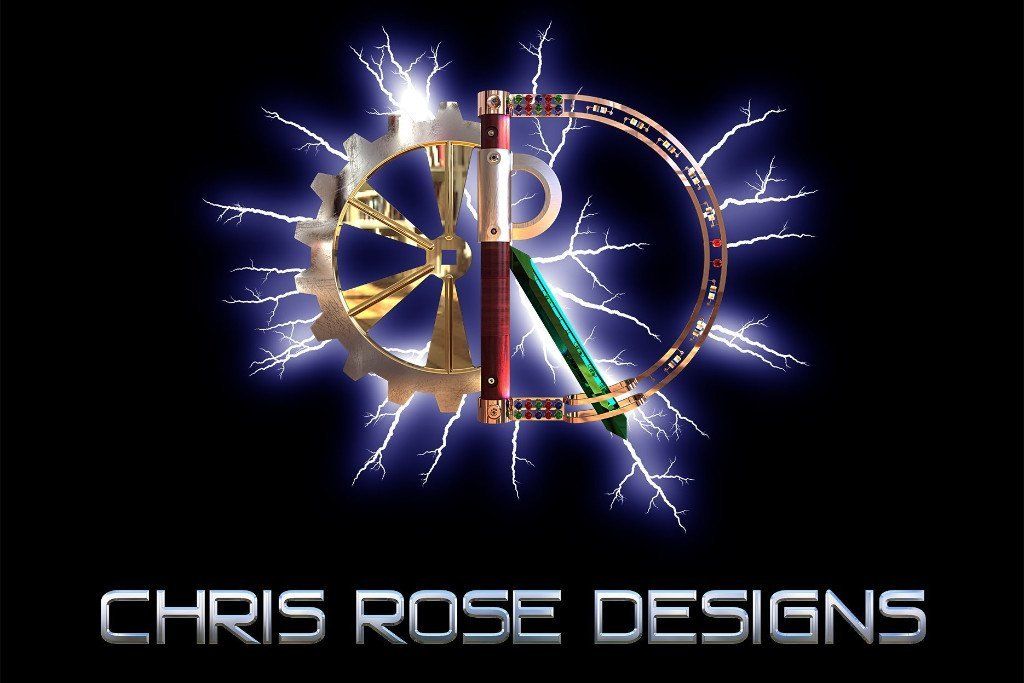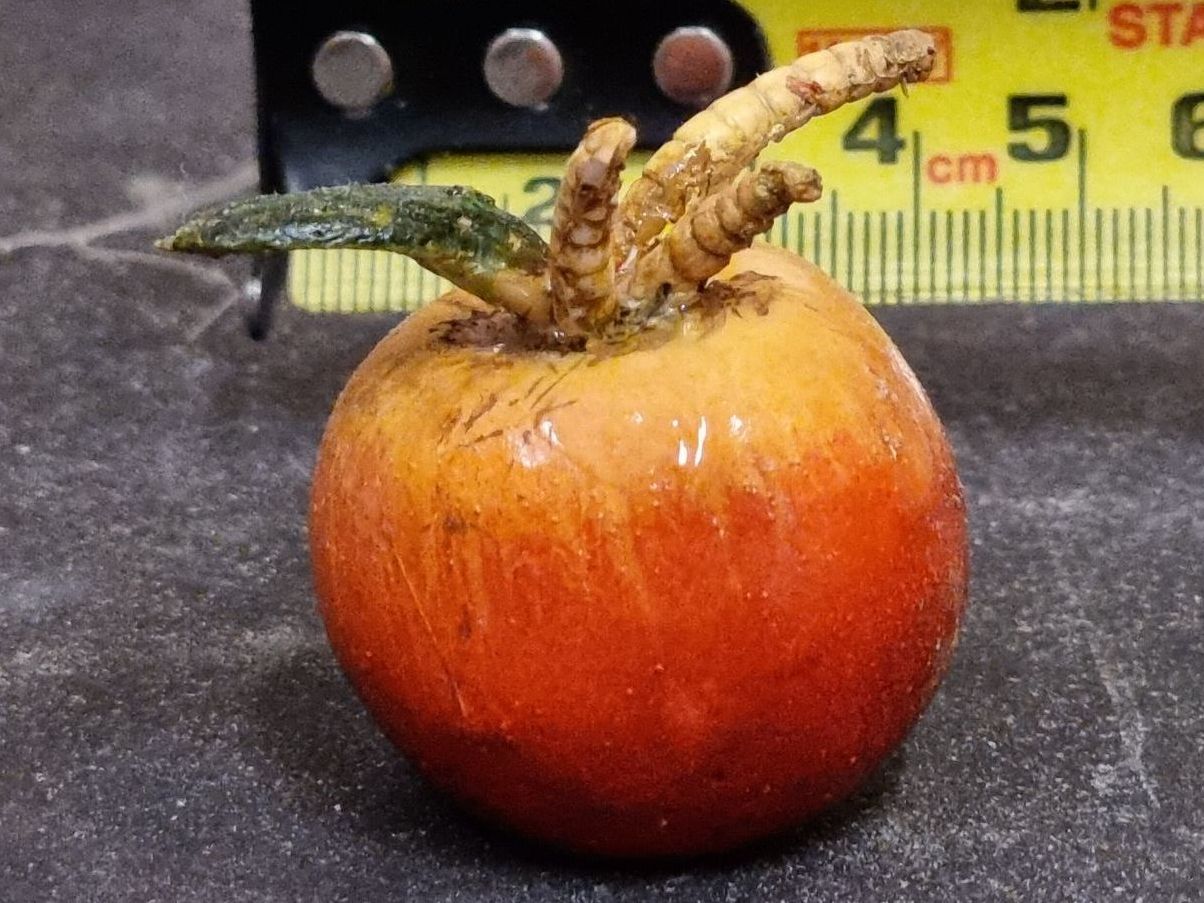Prop Tarantula Proposed
Further Development
Head
Issues
Weight
- With the added weight its not known if the screwed in hard point loops would hold in terms of the weight and stresses due to the weight, if it is buffeted by the wind, lifting and lowering or if shock loads are added like it the spider is dropped whilst placing it and is caught on the straps.
Body Connection
- The bulk and weight makes the connection between the head and body weak, bendable and undependable.
Fur
- A problem with the the spider at present is it looks plastic and typically spiders especially tarantulas tend to be fury. Adding for would give it a more alive, organic appearance and some roughening. Hopefully this would make it more realistic and intimidating.
Moving Jaws
- It would help also to redo the jaws to have ball socket joints to enable movement and closing.
Weight
The head has substantial weight. Any way to reduce that substantially in the head and body would help. However this is unlikely to be achieved without starting from scratch.
With the added weight its not known if the screwed in hard point loops would hold in terms of the weight and stresses due to the weight, if it is buffeted by the wind, lifting and lowering or if shock loads are added like it the spider is dropped whilst placing it and is caught on the straps.
If this was to be rebuilt the base board would need to be made from a lighter weigh material like a hard foam board, but it needed to be strong.
Carbon fibre could be lighter than fibre glass for a skin. However this would require a kiln and be expensive.
Building from a single block of low density modelling foam like Sekablock or polystyrene may be help. Moulding and casting in foam may help with repeats.
Body Connection
NOTE This is covered in more detail on Further Development Body Page /Tab.
This includes ideas how to stiffen, strengthen, and lock the connection system to hold the body and head together securely the connection.
Just click the links butt or photo to the right.
Fur
NOTE
This is covered in more detail on the skin and fur tab / page.
The next stage planned for both the spider head and body is to try and make them fury so a lot more realistic and organic. Much more like a real spider, both a general fur and sensor larger hairs.
Possible Techniques
Methods to creates fur look could include:
- A flocking gun system that electrifies to surface coated in water proof glue then shoot out hairs that stick pointing out as opposed to flat. II cant afford this.
- Individual hair insertion: Problematic on a hard surface.
- Super glue outdoor brush hairs. Costly and would take a long time.
- Glued shredded wool.
- Modelling Moss.
- Fur Coats or Rugs.
- Any or the above attached t a hessian material shaped to form a skin tight coat with fur on the outside that could be taken off.
Proving Principle Prototyping Experiments



Following suggestions, experiments were carried out on wire brush shredded wool, Modelling moss and whilst in the shop had a look t bags of cedar leaves.
An analogue for the spider was made from a blank that had been filtered over and painted. A weather and water proof glue was tried by leaving in the shower for 20 minutes then dried. with no problems
All 3 materials on the plank analogue stayed stuck and did not flatten out or deteriorate other then the moss which has some colour washout.
Spider Title & Intro
Page
This was a double bed size prop Tarantula, originally intended as a cool Halloween front of house prop as well as portfolio piece to discuss project development.
Finished project page.
Spider Initial Research & PPP Testing
Spider Initial Research & PPP Testing
To start the project was looking into existing props and Halloween tableaus and how such a project could be done.
View More
Initial Proving Principle Prototyping & scale modelling.
Spider Development
Head
The main central part is the head to which all other parts are connected and would be the section to connect stands and load supports.
This involved the most substantial development and most restarts.
Spider
Development
Body
This had a similar basic structure to the head but a lot simpler. It does have its own issues and problems.
This had to be re-opened for upgrades to strengthen the connections to the head.
Spider
Development
Legs
Spider
Development
Legs
The legs required repeated and costly redesign and rebuilding building to try and build enough strength into them to be able to support the weight of the spider, as well as look realistic and bond the paint to them.
View More
Spider Development
Leg Connector
The system to connect the legs needed substantial improvement and iterations developing these connection components through CAD and rapid prototypng.
Further Development Head
Further planned developments & problem solving for the head.
The next staage here would be fur.
Further Development Body
Further planned developments & problem solving for the body.
This will need to be split into sections for storage that can be easily reassembled.
Further Development
Legs & Connectors
Further planned developments & problem solving for the legs, strengthening them to support the weight of the spider.
Further Development
Skin and Fur
Further Development
Skin and Fur
Plans to further develop the prop Tarantula and current unsolved problemsand issues
View More

















